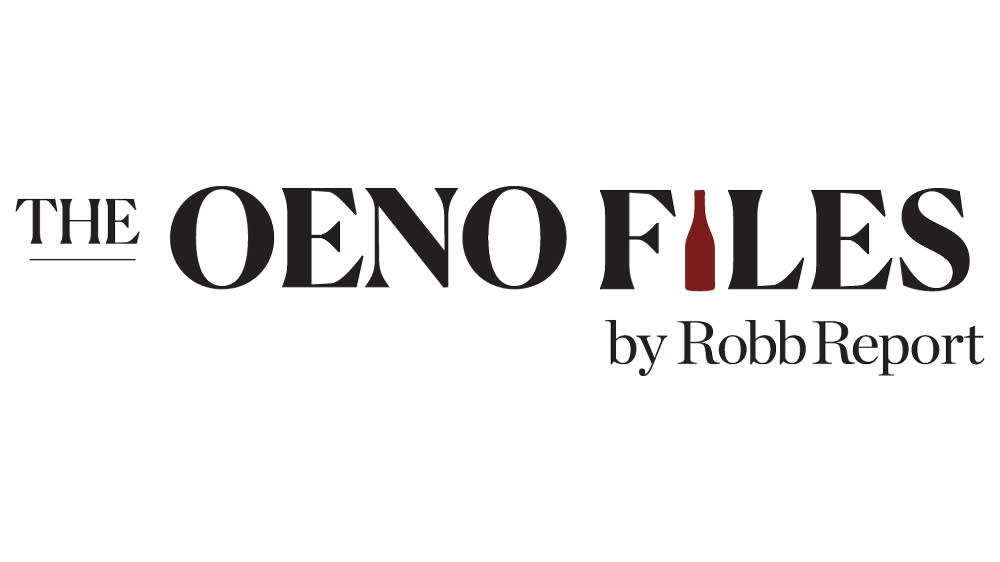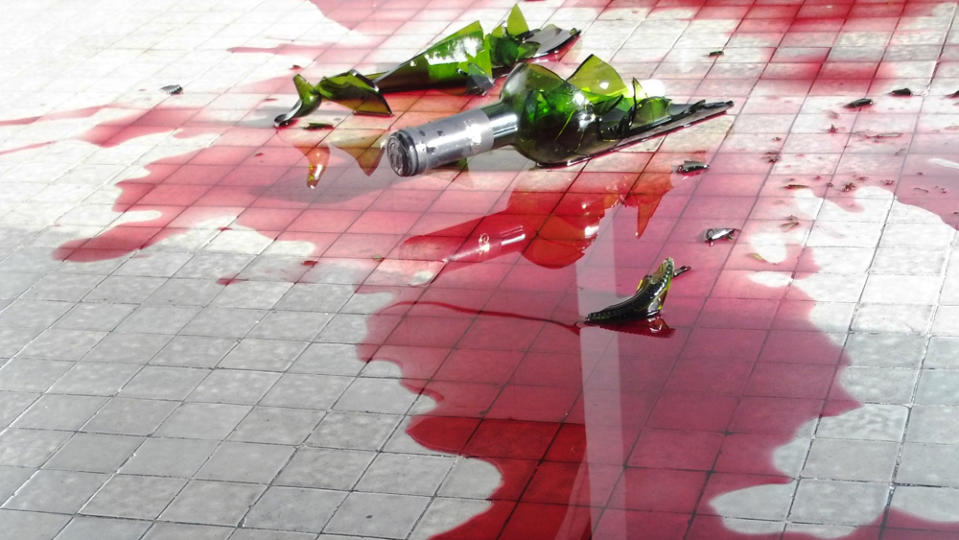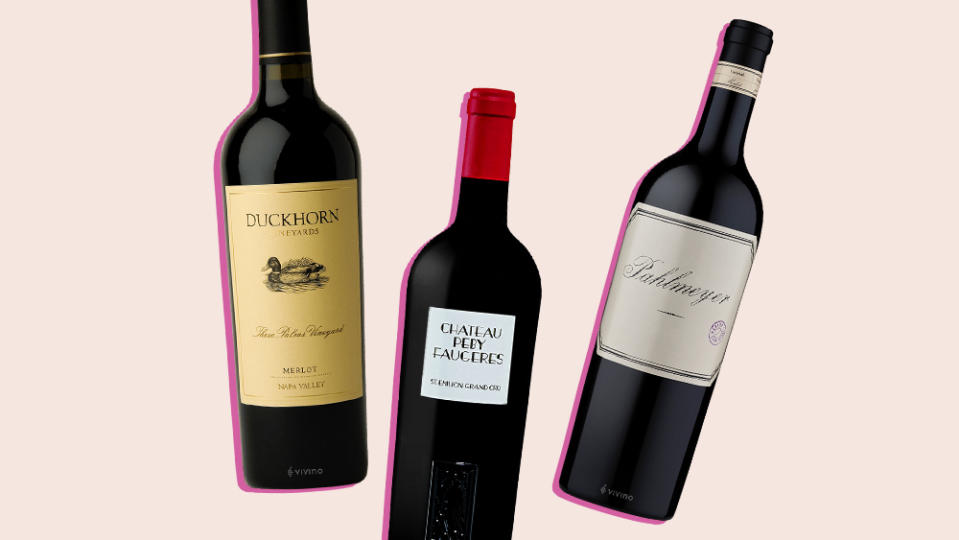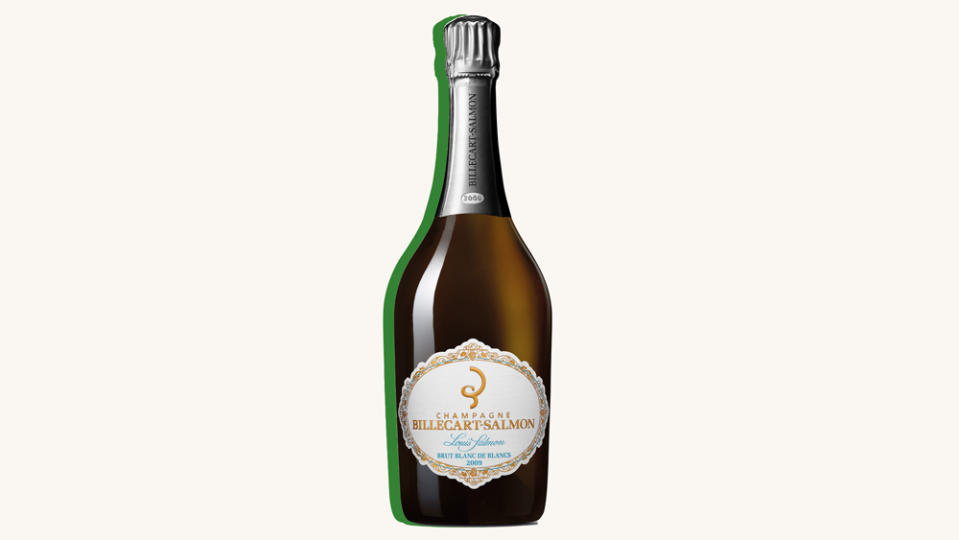Welcome to The Oeno Files, Robb Report’s New Weekly Wine Newsletter

Welcome to The Oeno Files, our new wine newsletter. Each week Robb Report’s wine editors Mike DeSimone and Jeff Jenssen will explore the people, trends, and bottles every oenophile should know, with a new edition arriving to your email box every Wednesday. DeSimone and Jenssen travel the world in pursuit of the best bottles and stories, and they’re the authors of multiple books, including the recent White Wine: The Comprehensive Guide to the 50 Essential Varieties & Styles, which was the follow up to their guide Red Wine, which won the Gourmand International Award for best wine book in the world. We’re offering a sneak preview of the first edition here, but if you don’t want to miss future newsletters, click the subscribe button below.
More from Robb Report
To Save Its Wine Industry, France Is Spending Millions to Destroy Wine

France, like much of the winemaking world, has an excess amount of wine on its hands. So much so that you may have recently seen a wave of articles about how the country was paying farmers to destroy wine and even rip out vineyards. There are a variety of factors behind the glut, but at its core there’s overproduction and underconsumption in France. And as even the most casual student of economics is aware, if the supply is increasing and demand remains the same or decreases, prices go down. Something had to be done.
At first glance, this doesn’t even sound like a problem! Too much French wine? Extremely low prices? Bring on the Pinot Noir and Chardonnay and let’s invite the neighbors. Unfortunately, the European Union and French government don’t see it that way. In France, wine is considered an intangible aspect of culture and is also the nation’s most important agricultural product, whose reputation and value are worth protecting at any cost. So in June of this year the EU gave France €176 million ($186.6 million) to destroy wine, and France added another €43 million ($45.6 million). In addition, the French government has awarded €57 million ($60.4 million) to vineyard owners in Bordeaux to clear almost 23,000 acres of vines to keep this from becoming an ongoing situation.
Hearing that Bordeaux is a major contributor to the glut, it’s not a leap to be concerned that our favorite Cabernet Sauvignons and Merlots—many of which are already fetching astronomical prices—will get even more expensive. With that in mind we reached out to American importers who bring in some of the finest wines France has to offer from around 50 domains straddling Bordeaux, Burgundy, the Rhône, and Loire valleys and beyond, including Petrus, Château Lafite Rothschild, and Clos des Lambrays, to ask if this situation had impacted their producers. Each and every one had the same answer, which is some slight variation of, “Our producers tell us this did not affect them at all, as this dumping was at the very low end of the market.” Not only were they all untouched by the program, but not a single owner or winemaker knew of any neighbors or competitors who had excess wine to destroy.

Phew! We can all breathe a collective sigh of relief. In short, the wine crisis that dominated the news cycle a few weeks ago, at least for oenophiles, is not going to raise the prices on our beloved bottles. The cream of the crop will always sell at a premium because of limited quantities and high demand, and collectors only have each other to blame if a particular bottle remains out of reach. That said, although we may have dodged this crisis this time, the wine world is facing several challenges that may influence what and how we drink in the coming years.
The primary cause of excess wine stores was the Covid-19 pandemic, during which restaurants and bars were closed, cutting off a primary market for wine sales. During lockdown people drank more at home, but many drew from their existing cellars. Beyond that, the populace is consuming less wine and more beer and spirits each year, as well as indulging in two emerging categories that caught the wine world by surprise: hard seltzer and cannabis drinks. There is also a strong “sober curious” movement, whose devotees may drink zero- or no-alcohol beverages and curtail the amount of wine, beer, or spirits they imbibe. The influx of cash from the French government and EU may help Gallic winemakers now, but there remain plenty of headwinds for them in the future.
Well, like the EU and French government, we look at wine as more than just a beverage, but a cultural institution worth supporting and preserving. Fortunately, one way to help is by just drinking more of it. So when the cooler gets opened at the barbecue or tailgate and it’s filled with hard seltzer, don’t hesitate to offer up pours of your white Rhône blend or Provençal rosé. While there are a lot of beverage options in the world, opening a bottle of wine connects us to each other and to everyone involved in the process of making it. Every drop counts, and it feels good to know that we are supporting farmers, vineyard workers, and winery employees who are preserving and maintaining one of the world’s longest standing and most revered traditions.

8 Magnificent Merlots You Should be Drinking Right Now
We’ve curated some exceptional selections of the oft-maligned varietal from Bordeaux to Napa Valley. Resistance is futile.

Champagne Billecart-Salmon Cuvée Louis Salmon 2009
Champagne Billecart Salmon was founded in 1818 by newlyweds Nicolas François Billecart and Elisabeth Salmon. They established the Champagne house in a tiny village near Epernay, Mareuil-sur-Aÿ, alongside Elisabeth’s brother Louis, who was their first winemaker and cellar master. More than 200 years on, the house is run by seventh-generation scion Mathieu Roland-Billecart and family members Antoine, Jean, and François.
The family continues to source grapes from 740 acres of owned and managed vineyards within a 12-mile radius of Epernay, including several crus in the Côte de Blancs, known for the best Chardonnay in the region. Named in honor of the house’s original winemaker, Cuvée Louis Salmon is the pinnacle of its Blanc de Blancs, made only in exceptional years from the very best parcels of grand cru Chardonnay. While Louis Salmon was known for his great talent in winemaking and blending in all styles, there is a historical link in this bottling as the house has owned grand cru Chardonnay vines in Chouilly since the time of its inception.
Champagne Billecart Salmon Cuvée Louis Salmon 2009 was produced in a year known for its generous and rich taste profile. Made with 100 percent Chardonnay from Chouilly, Cramant, and Mesnil-sur-Oger, it was vinified in stainless steel tanks and aged in the bottle on its lees for 12 years. It has a very low dosage of only 3.75 grams per liter. With a persistent column of bubbles, this delectable sparkler offers a bouquet of tangerine, Bartlett pear, apricot preserves, and buttered croissant. There is a sense of creaminess on the palate, with vivid acidity, a strong pillar of minerality, and ripe summer peach, Fuji apple, brioche, and almond blossom flavors. Tropical fruit notes with a hint of cardamom endure after the last sip. While it is drinking beautifully right now, its finesse and elegance will intensify in your cellar for another 10 to 15 years.
Best of Robb Report
Why a Heritage Turkey Is the Best Thanksgiving Bird—and How to Get One
The 10 Best Wines to Pair With Steak, From Cabernet to Malbec
Sign up for Robb Report's Newsletter. For the latest news, follow us on Facebook, Twitter, and Instagram.



